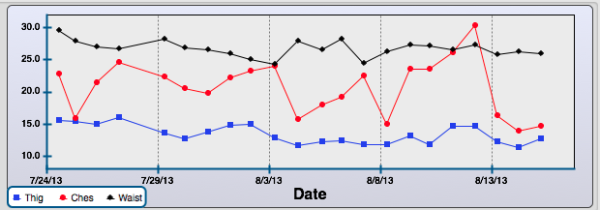I learned about wild-fermented wine from Shana Reade, who teaches wine sellers about wine. She works for a New York wine distributor called Empire Merchants.
Before the 1950s, almost all wines were made with wild ferments. Only then did cultured (store-bought) yeasts start to be used on a large scale. The new wines surely tasted worse, but it was the era of TV dinners. The first cultured yeasts were especially popular in Australia, where less tradition blocked their adoption.
Nowadays wild-fermented wines are made in many places, including California, France and Germany. They are more expensive than cultured-yeast wines but you can buy one as cheaply as $15. Wild yeast is free, but the overall process is more costly because it needs more space and time. When you do wild fermentation, you put out vats of wine open to the air. The vat-to-vat variability goes way up and some vats will have to be thrown out. Wild fermentation also varies much more in how long it takes. Wineries rarely harvest all their grapes at once. With cultured yeasts, but not wild yeasts, they can be sure that one batch will finish before the next batch arrives.
Scientists have found that the yeasts in wild-fermented wines have thicker cell walls than the yeasts in cultured-yeast wines. This is an example of the general observation that microbes (and other living things) grown by man have fewer functioning genes and metabolic pathways (such as the metabolic pathways that build cell walls) than the wild type. Wild yeast, of course, has a more stressful and variable environment than cultured yeast. Cultured yeast loses functioning genes over generations because it does not encounter the problem they solve. There is no selection against deleterious mutations. Because wild yeast has more functioning pathways, it produces more metabolic byproducts, making a more complex flavor. This is a tangible version of the idea that we should use all our metabolic pathways. (A better version is use as many metabolic pathways as possible — fermented foods help with that.) So wild fermentation is (a) more diverse in terms of strains of yeast than cultured yeast and (b) individual strains of wild yeast have more functional metabolic pathways than individual strains of cultured yeast. (Cultured wine yeast starter includes several strains of yeast.)
The ecology of knowledge isn’t simple. Cultured-yeast wines (in the 1950s) were made possible by earlier wild-fermented wines. With cultured yeasts you can do wine experiments you could never do with wild yeasts, thereby learning how to make better wine in general. Today’s wild-yeast wines benefit from that knowledge. They also benefit from a mass market created by cheap (cultured-yeast) wine. An ecosystem that includes both sorts of wine spreads much further and produces much better wine than an ecosystem that includes only one sort of wine.
Personal science is like cultured-yeast wine in the sense that it allows far more experiments. Personal scientists can do experiments that professional scientists would find almost impossible. (For example, the effect of standing 8 hours/day on sleep.) A scientific ecosystem that includes both personal and professional science is going to solve problems far better than an ecosystem with only one of them.
More broadly, the story of wild-fermented wines illustrates how you need complexity and optimality — not just one of them — to solve actual problems (in contrast to artificial ones). Wild yeasts are complex, but not optimal; cultured yeasts are optimal but not complex.
A well-functioning system produces both complexity and optimality. This not-very-difficult idea is almost absent from modern thought. In nutrition, economics and education, for example, there has been almost no study of how to produce complexity.
Nutrition scientists have had little interest in fermented foods, which increase our inner complexity. Yes, as nutritionists say, we need good amounts of a long list of nutrients and micronutrients (optimality). In addition, however, we need inner complexity to solve actual problems, such as digesting food and fighting off pathogens. You can’t make a list of all the metabolic pathways we need to be healthy — it might be in the hundreds of thousands. You’d never learn our need for complexity from any nutrition book, as far as I can tell.
The science of economics revolves around optimality (e.g., most profit). I believe the current stagnation of the American economy is partly due to the poor understanding of economists of how to produce economic complexity. If they don’t know, neither will anyone else. Interest groups, rich and poor, have no interest in complexity. (Illustrating The Stupidity of Crowds. The Wisdom of Crowds is about optimality.) All sorts of policies are too narrowly evaluated. Their effect on optimality is assessed (how will this affect growth of GDP? or how will this affect percent unemployed?), but not their effect on complexity.
As for education, it is a good idea to push students to be better (push them toward optimality, e.g., be better at math). But a single-minded emphasis on optimality (e.g., No Child Left Behind), with no value placed on complexity, is a disaster.
